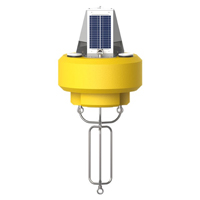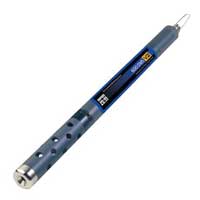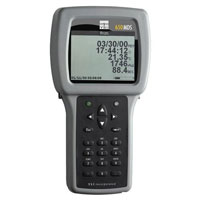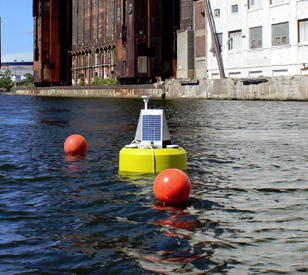 New York’s Buffalo River has a legacy of industrial contamination, like a lot of other Great Lakes rivers and harbors. But its past of sustaining large influxes of industrial effluent has netted it the distinction of being named a Great Lakes Area of Concern.
New York’s Buffalo River has a legacy of industrial contamination, like a lot of other Great Lakes rivers and harbors. But its past of sustaining large influxes of industrial effluent has netted it the distinction of being named a Great Lakes Area of Concern.
With its dirty legacy flowing right through their backyard, environmental groups near the river, including the Buffalo Niagara RiverKeeper, began work to bring it back to a viable state. The RiverKeeper helped to start the Buffalo River Restoration Partnership, which includes Honeywell and governmental agencies like the New York State Department of Environmental Conservation, U.S. Army Corps of Engineers, U.S. Environmental Protection Agency and the New York State Department of Environmental Conservation.
Much of the work to bring the Buffalo River back centers on a lengthy four-year dredging project that is scheduled to be completed in 2015. Members of the Partnership came together to encourage the work that is overseen by the U.S. EPA.
Sevenson Environmental was awarded the contract to dredge the river when the project began. In addition to dredging the water body, Sevenson was also tasked with dredge turbidity monitoring around operations to minimize negative effects to aquatic life and water quality.
For streamlined dredge turbidity monitoring, Sevenson Environmental turned to the Fondriest Environmental Rental Program, which allowed for sourcing NexSens Technology data buoys and YSI optical sondes at a cost savings over purchasing. NexSens engineers were also asked to visit the dredging site to help with system startup and training.
Renting the right tools
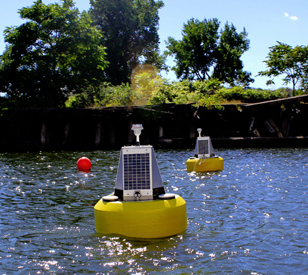
Three NexSens Technology CB-450 Data Buoys were chosen because of their superior performance in inland water bodies with varying wake, like the Buffalo River. Each came equipped with onboard cellular telemetry, beacons and solar panels for powering the optical sondes.
Two buoys were deployed upstream of the dredging, while one was deployed closer to it. Each supported a YSI 600OMS Optical Monitoring Sonde with an optical turbidity sensor. Once data were collected by the sondes and recorded by NexSens data loggers within the buoys, cellular modems transmitted them back to project managers who viewed them online through a NexSens WQData LIVE Web Datacenter.
As the project went on, Sevenson engineers moved the buoys to maintain consistent dredge turbidity monitoring around operations. They also used a fourth YSI 600 OMS Optical Monitoring Sonde to spot-check turbidity levels using a YSI 650 MDS Multi-Parameter Display System.
The NexSens CB-450 Data Buoy is designed for deployment in lakes, rivers, coastal waters, harbors, estuaries and other freshwater or marine environments.
The YSI 600OMS V2 measures dissolved oxygen, turbidity, chlorophyll, blue-green algae, or rhodamine in a low-cost package.
The 650 MDS is a rugged, versatile handheld field display that enables easy and convenient communication and data logging for all YSI 6-Series sondes.
WQData LIVE is a web-based project management service that allows users 24/7 instant access to data collected from remote telemetry systems.

